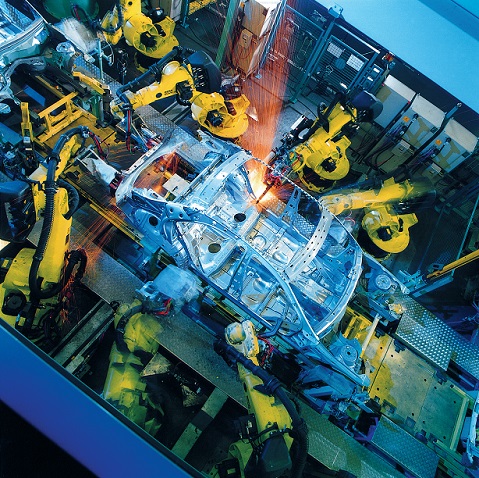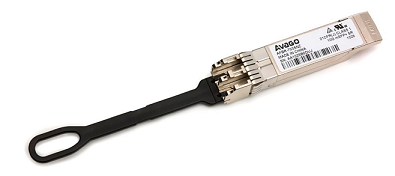By Warren Miller
The ever-increasing demand for more bandwidth is not only transforming traditional communications markets, it’s rapidly changing the nature of industrial connectivity as well. Industrial environments have traditionally used fiber-optical communications over traditional electrical systems for a variety of reasons. Fiber-optic systems can cover a long distance (9 km isn’t unusual), don’t require ground isolation (so differences in source and destination potential aren’t an issue), are immune from electromagnetic noise (even from lightning), are intrinsically safe (and can be used in chemical plants and grain silos, where sparks could ignite the atmosphere with disastrous results), are difficult to tap (so they are considered much more secure than electrical systems), and are convenient to route due to their small size. Traditionally these networks used small amounts of bandwidth so fiber-optic solutions at Ethernet (10-Mbit/s) and fast Ethernet (100-Mbit/s) speeds were common. Plastic fiber at 650-nm or glass fiber at 1,310-nm wavelengths with data rates of 125 Mbaud were typically used in these systems.

Figure 1: Automated factory floor with high bandwidth communications requirements (Image via Siemens).
Today we find fiber optics in industrial networks not only for the many advantages listed above, but also to carry the increasing amount of data found in today’s industrial applications. One of the larger bandwidth increases for industrial networking applications has been that associated with the increase in the use of video systems in industrial environments. The use of video surveillance systems, often with high-definition and wide dynamic range to improve visibility, has increased bandwidth requirements dramatically. These systems often use Ethernet protocols to transfer video data and, by using fiber-optic communications systems, multiple video streams can be accommodated over a single channel. High-speed optical transceivers, like the AFBR-703SNZ from Avago Technologies can carry 10-Gbit Ethernet traffic and operate over a very wide temperature range (from -40⁰ to +100⁰C) to cover even harsh industrial environments.

Figure 2: Avago Technologies fiber optic transceiver for 10Gb Ethernet.
Security systems aren’t the only source of high-definition video in industrial settings. More and more machine-vision- and robotics-based manufacturing systems are key elements of the factory automation movement. These systems can generate significant real-time image and video traffic that needs to be actively monitored, processed, archived, or transmitted outside the factory floor. Additionally, some of these systems need very low latency as well, so network performance can be critical for closing those pesky control feedback loops or products (or processed materials) may end up on the factory floor instead of in the container. Ethernet traffic at 10 Gbits and centralized processing facilities (that is, industrial strength servers on the factory floor) may be required for the most automated and complex environments. Typically, fiber-optic connections will be found within the server as well, routing high-speed data from storage modules to the server compute engines, putting even more fiber into the factory floor “diet.”
Of course, fiber-optic cables are needed to connect all these high-speed systems together. The wide range of physical standards for connectivity is daunting with a variety of different connector types, for mounting and connecting. Legacy equipment may require older style connectors, so this means that you need some flexibility in the cable specifications. A fiber optics supplier like TE Connectivity, with an extensive line-up of cabling options, can cover just about any cabling requirement.
Fiber optics isn't just for communications systems these days. With the increasing need for high-bandwidth data communications on the modern industrial factory floor, industrial communications will continue to require a high-fiber diet for the foreseeable future.
Advertisement
Learn more about Mouser Electronics





